- Porsche's upcoming electric SUV has new tech, done the Porsche way.
- The infotainment, interior design, charging, and chassis all get modifications specific to the Cayenne EV.
- Expect a full reveal in November 2025.
The Porsche Cayenne EV Has Four Big Tech Innovations
The coming Cayenne EV will be awash with new tech, inside and out
The Cayenne has always been a testbed for Porsche. It was the automaker's first production four-door and first SUV, of course. But the Cayenne was also its earliest application of the air suspension that now supports all four-door Porsches, its first electrified model with the 2010 Cayenne S Hybrid, and our introduction to Porsche's active anti-roll tech.
With the Taycan, Porsche engineers proved they could build an EV that still felt like a Porsche. The Macan EV showed us Porsche could apply that formula to an SUV and keep up with modern range expectations. And the 2026 Cayenne EV? It's got a few new tricks up its sleeve, too.
Porsche's curved flow screen infotainment
The centerpiece inside is a near 45-degree curved OLED touchscreen. We've seen horizontal curved displays with a uniform radius in the Porsche Taycan instrument cluster and infotainment displays in Lucids and Cadillacs, among others, but the unified dual-surface screen in the upcoming Cayenne is a step up in terms of implementation and ergonomics.
Interior design lead Chris Gutierrez told us the ask came from above to add more screen — the Cayenne EV has up to 50% more digital real estate than the gas Cayenne — but that integration was important. "We don't want to build a Tesla; the screen is not in the foreground," Gutierrez said. The form factor enables the infotainment to be perfectly integrated into the center console and dashboard.
The best experiences using a touchscreen in a vehicle always involve a way to anchor your hand, usually with a thumb below the screen or grabbing an edge. That way, you can make more accurate inputs, and a bump in the road won't send your floating finger to the wrong touch button.
In the electric Cayenne, your palm rests on what Porsche calls the Ferry pad — inspired by a photo of founder Ferdinand Porsche resting his hand on the shifter of an old 911 — and your fingers naturally fall to the segment of the touchscreen that's angled toward you. The experience feels similar to using a mouse.
Porsche designed the software such that, at the swipe of a finger, you can open or close a digital drawer of widgets that occupies the lower portion of the screen. There, you can have quick access to features like the variable dimming glass roof, your music, and drive mode — it's customizable, too, so the options are largely up to you. Thankfully, there are still physical controls for temperature, fan speed and volume (which Porsche stated its cars will "always" have), plus fixed touch buttons for seat controls and quick menus.
Porsche Active Ride — SUV edition
Porsche first introduced its Active Ride anti-roll system on Panamera E-Hybrid models in 2024. It connects the suspension at all four corners to a motorized hydraulic pump, which can change the pressure of the fluid in the dampers to almost instantly stiffen or soften the ride, eliminating the need for traditional anti-roll bars.
Porsche added Active Ride to the Taycan as part of that car's 2024 update, but the Cayenne Electric marks its first application to an SUV. Adapting the system for SUV use required larger-diameter pistons in each damper to accommodate the vehicle's additional weight but also additional tuning for a softer Comfort setting with more wheel travel.
Active Ride was developed to control body motions in performance driving and high-g cornering. That part is remarkably effective, as I experienced in a stint in the passenger seat on track, during which the car exhibited an unnatural lack of body roll, pitch, or dive despite a violent 1,000-plus horsepower launch, quick direction changes, big drift angles and hard braking. There are unique advantages off-road too.
The lack of anti-roll bars dramatically improves wheel articulation, meaning it's easier for the car to keep all four wheels on the ground and maintain traction. Likewise, since Active Ride can independently control pressure at each corner, it can actually press a wheel down into the trail to keep you moving forward.
The Cayenne EV has a maximum of 9.6 inches of ground clearance in its highest setting, and there is an optional off-road package that includes a modified front bumper that gives the car a better approach angle. The range-topping Turbo has an electronically controlled locking rear diff, too. Don't expect the electric Cayenne to hang with a Rivian R1S, but with the suspension tech and all that instant low-end torque, it should be plenty capable.
New rear motor with direct oil cooling
Porsche tells us the Cayenne Turbo Electric produces "well in excess of 800 kW and up to 1,500 NM of torque." That translates to over 1,073 horsepower and 1,106 lb-ft, making the Cayenne EV the most powerful road-going Porsche ever made, surpassing the Taycan Turbo GT. Expect 60 mph in less than 3 seconds and 124 mph in less than 8.
Generating that much power creates a lot of heat. The Cayenne Turbo Electric borrows its front motor from the Macan Turbo EV, but the rear power unit is an all-new assembly. The big trick here is direct oil cooling, tech Porsche developed for the 2023 GT4 E-Performance racing prototype. Instead of cooling via a water-filled jacket attached to the stator (the electromagnetized outer ring of the motor that spins the rotor and sends power to the wheels), Porsche cools the Turbo's rear motor with oil flowing directly through the stator's copper windings, drawing heat directly away from the source.
The real advantage is not peak output but sustained output. In the Cayenne and Cayenne S EVs, sustained power will be roughly 50% of what the motors can produce at their peak. In the new rear motor, that jumps to 80%. That explains how the Cayenne Turbo EV can maintain face-pulling acceleration well past 60 mph.
The advanced cooling also enables superior energy regeneration. The Cayenne Turbo's regenerative braking system can recuperate up to 600 kW of power. The higher recuperation limit means the car only uses its conventional friction brakes in about 3% of everyday braking events, while the rest of the braking force, typically lost to friction and heat, is returned to the battery. That should extend both the range and the life of the brake hardware.
Charging: Wireless or crazy fast
The Cayenne EV is also the first production electric car with wireless charging capability. Buyers will have the option to add either a halfway prep kit that includes wiring and software, or full preparation with the wireless charging receiver plate. The wireless charger can charge the car at up to 11 kW, so you should be able to charge from 10% to 80% in around eight hours.
The Cayenne is also capable of megafast charging at DC fast chargers. Porsche says the vehicle is capable of max charging of 400 kW. Currently, the EVs with the fastest charging rates sold in North America are cars like the Cadillac Escalade IQ and GMC Hummer EV (350 kW), the Tesla Cybertruck (325 kW), and the Porsche Taycan (320 kW).
Currently, only around 20 fast-charging locations in the U.S. support 400-kW charging (with more on the way), but if you can find one, the Cayenne EV's max charge speed and flat charge curve mean it can charge its 113-kWh battery from 10% to 80% in as little as 16 minutes. Plus, it'll have an NACS port, and at Tesla Superchargers, it's capable of the same feat in 26 minutes.
Cayenne EV, coming soon
Porsche says the full reveal of the Cayenne EV will take place this November, and the car will likely go on sale sometime in the middle of 2026.
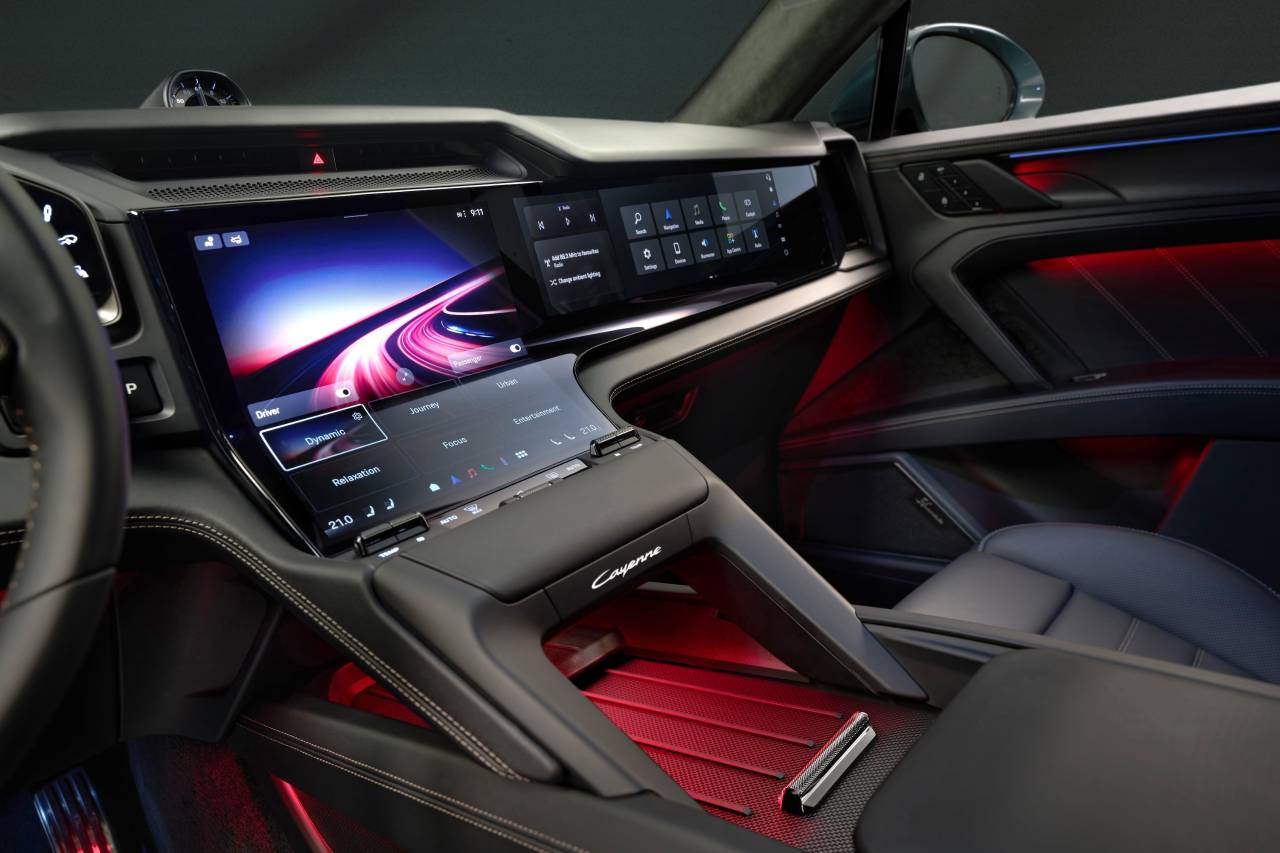
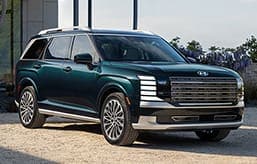

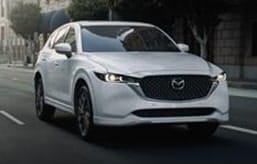
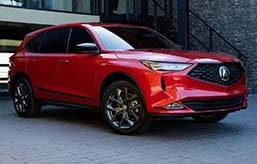
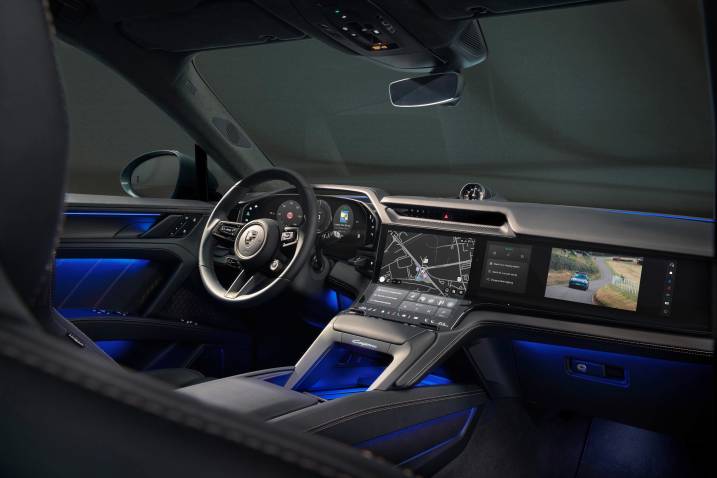

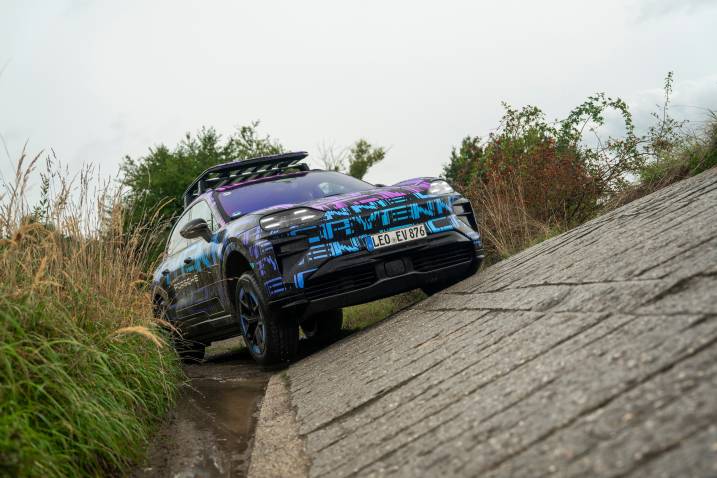
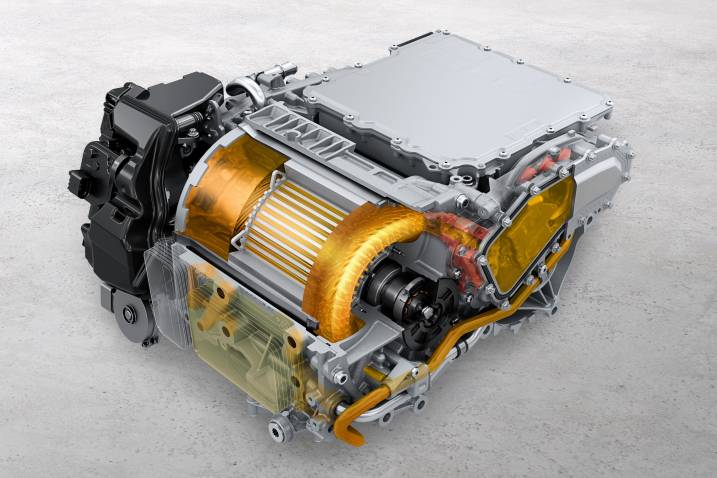
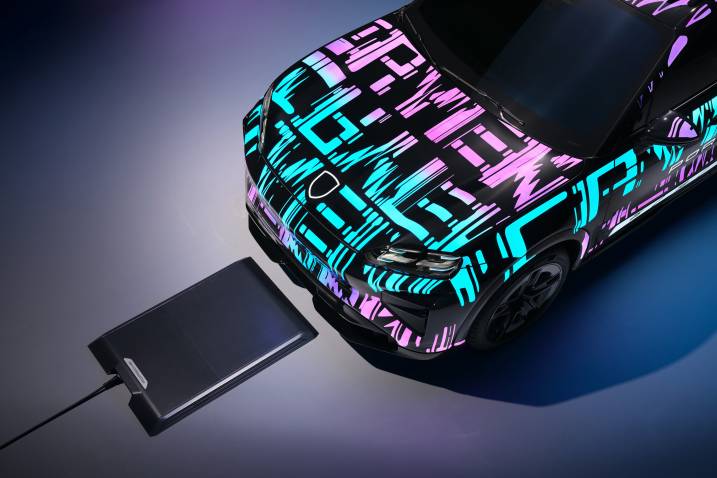
 by
by  edited by
edited by